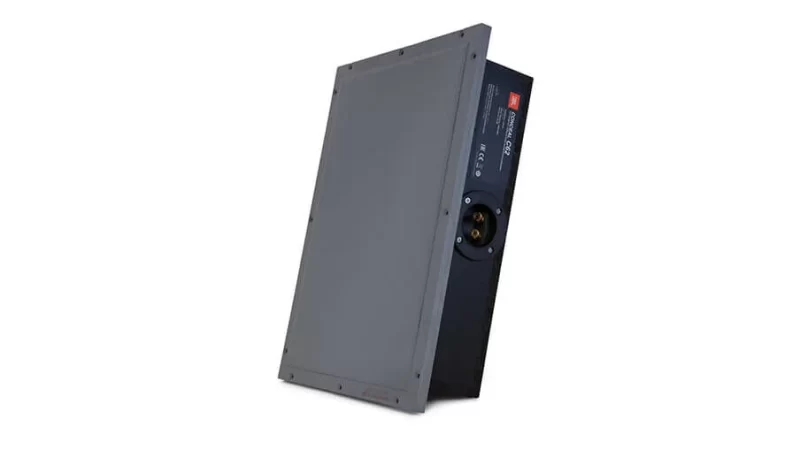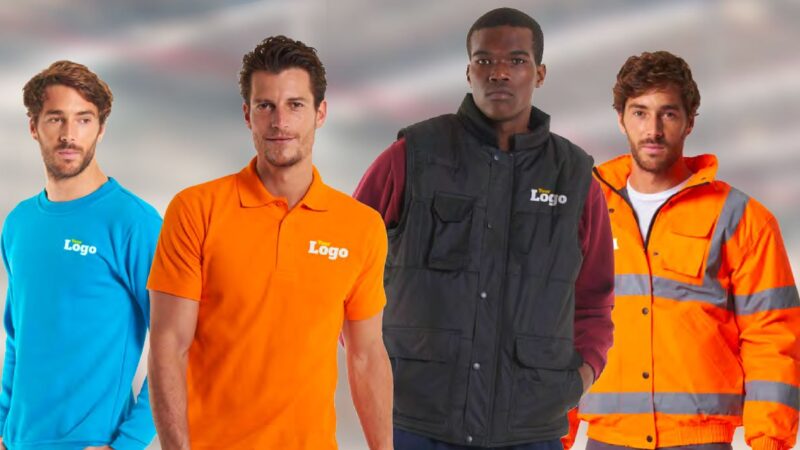Environmental impact – Gift cards vs. traditional wrapped presents

Gift card distribution generates substantially less environmental waste than traditionally wrapped presents requiring paper, ribbons, boxes, and plastic packaging materials. The contrast becomes particularly pronounced during major gift-giving seasons when millions of wrapped items create massive waste streams. This environmental comparison reveals essential considerations for eco-conscious consumers seeking sustainable gifting alternatives without sacrificing thoughtfulness or recipient satisfaction.
Digital gift cards that preferred amexgiftcard.com/balance demonstrate how electronic delivery eliminates physical packaging while maintaining the personal touch of curated giving. These platforms enable immediate delivery without material consumption beyond the recipient’s digital devices. The shift toward digital gifting represents a fundamental change in how environmental costs are calculated across the entire gift-giving lifecycle from selection through disposal.
Digital delivery advantages
Electronic gift card delivery eliminates transportation emissions associated with shipping physical presents:
- No packaging materials are required for protection during transit
- Instant delivery reduces shipping frequency and urgency requirements
- Elimination of return shipping for incorrect sizes or unwanted items
- Reduced warehouse storage needs for inventory management
- No fuel consumption for last-mile delivery to recipients
These transportation benefits compound across large gift-giving volumes, particularly during concentrated holiday periods when shipping networks experience peak demand. The instant nature of digital delivery also reduces the pressure on expedited shipping options that carry higher environmental costs through aircraft transport and priority processing systems.
Manufacturing footprints
The production cycle for physical gifts involves complex manufacturing processes that often span multiple countries and transportation stages. Raw material extraction, component manufacturing, assembly, and distribution contribute to environmental costs before the gift reaches its final packaging stage. Gift cards bypass most of this manufacturing complexity by providing purchasing power rather than manufactured products. A gift card can be used to choose items recipients want and use long-term, reducing the likelihood of waste through unwanted or inappropriate gifts. This targeted purchasing approach prevents the environmental waste associated with unused, returned, or quickly discarded gifts. The efficiency gains prove particularly valuable for recipients with specific preferences that gift-givers might not accurately predict.
Shipping emissions comparison
Transportation emissions vary dramatically between physical gifts and gift cards across several dimensions:
- Weight reduction eliminates fuel consumption for heavy item transport
- Size efficiency reduces packaging volume and shipping container utilisation
- Delivery timing flexibility prevents rush shipping premium emissions
- Location independence eliminates international shipping for distant recipients
- Inventory distribution reduces warehousing and transportation requirements
These emission reductions are significant for international gift-giving, where traditional shipping involves aircraft transport with substantially higher carbon footprints than domestic ground shipping. Digital gift cards enable instant international delivery without transportation emissions beyond the recipient’s internet connection.
Recyclability realities
Traditional gift packaging creates complex recycling challenges due to mixed materials and contamination. Wrapping paper often contains non-recyclable elements, while ribbons and bows are typically made from materials contaminating recycling streams. Gift boxes might be recyclable individually but become problematic when combined with tape, labels, and decorative elements that require separation. The disposal timeline also favours gift cards since recipients typically retain them until fully utilised, maximising their functional lifespan. Traditional wrapping materials serve brief decorative purposes before immediate disposal, creating waste without extended utility. This efficiency difference amplifies the environmental advantages of gift card giving across millions of annual gift-giving occasions.







